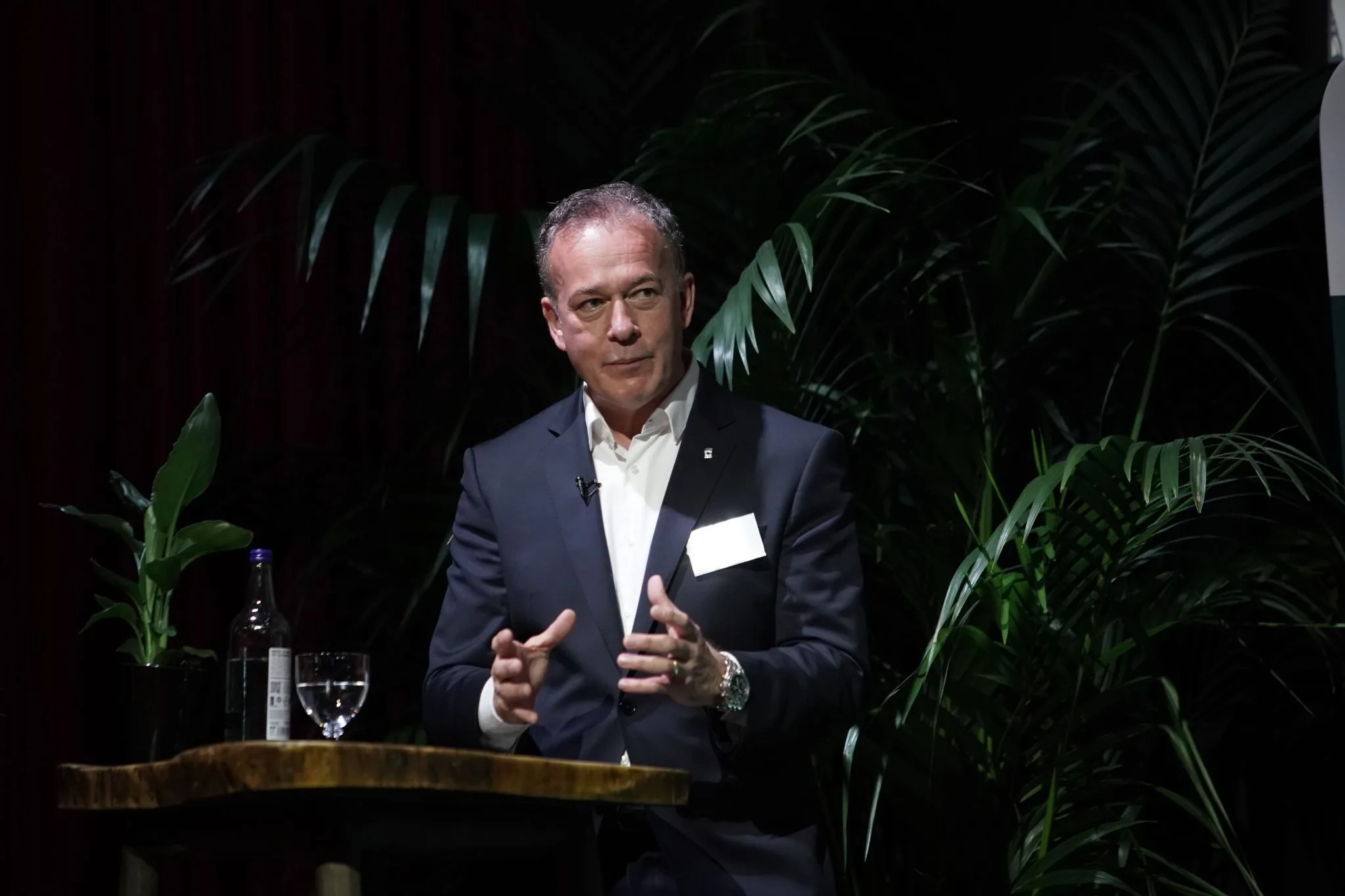Delivering critical minerals and rare earth elements – a realistic vision?

Adapted from a panel discussion at the Swedish Chamber of Commerce Impact event, September 2023
By Darren Wilson, CEO, LKAB Minerals
We are living in challenging and ever-changing times. Extreme weather events worldwide are pushing climate change into our collective consciousness, and green technologies are seen as a solution to help meet climate goals. At the same time, we’re more aware of geopolitics, global supply chains and where things come from.
Firstly, what are rare earth elements?
Minerals are everywhere. They are the raw materials in the majority of the items you use daily and a vital part of the infrastructure of our towns and cities, from phosphorous in fertilisers, magnetite to purify drinking water and the aggregates used in roads.
There is a group of minerals described as ‘critical’ for new technologies, including; lithium, cobalt and rare earth elements (REE) to name a few. The UK Government estimates that by 2040 we will need four times as many critical minerals for clean energy technologies than today.
Can we meet the demand for critical minerals?
LKAB mines iron ore, but our iron ore also contains critical minerals, such as phosphorus and REE. The concentration is not huge, but the volumes are large. We are therefore in the process of planning a new industrial park for the extraction and processing of phosphorus and REE as a by-product from today’s existing mining production. This means, instead of landfilling the material, it can be used to create new, sustainable products. This is planned to start within just a couple of years.
In January 2023, LKAB announced the discovery of the largest known deposit of rare earth elements in Europe. The deposit, Per Geijer, located in Kiruna, is an iron ore deposit with high levels of both phosphorus and rare earth oxides. The grade of rare earth elements is ten times higher than in the Kiruna ore where we mine today and holds approximately 1.3 million tonnes of REOs. REOs are Rare Earth Oxides that can be refined into rare earth elements (REE).
This would be sufficient to meet a large part of the EU’s future demand for manufacturing the permanent magnets. There are needed for electric motors in, among other things, electric vehicles, and wind power turbines. The deposit also contains high levels of phosphorus. Phosphorus is one of three essential nutrients added to mineral fertilisers used in agriculture. Approximately half of the worlds agricultural production is dependent on this. Europe is 90% dependent on imports of phosphorus and Russia has accounted for a significant share of phosphorus production.
How do we get started?
The permitting process for new mines takes several years. First, we need to apply for an exploitation concession, and then obtain environmental permits. Previous projects have taken 10 to 15 years to start. We hope to shorten that timeframe to meet the increasing demand for REE.
Having a European source of raw materials and minerals is essential for shortening global supply chains. We can only mine minerals or metals where they naturally occur, so there will always be some need for imports and exports. But we also need a change in mindset. We need to take advantage of local sources, eliminate the need for lengthy supply chains and create modern, safe mines.
What can be done today?
We have to start somewhere. At LKAB Minerals, part of the LKAB Group, we have been processing and refining minerals for over 30 years. Over one-third of our portfolio comes from recycled sources or by-products. For example, we refine a by-product of steel production called Ground Granulated Blast Furnace Slag (GGBS). GGBS is used as a cement alternative to reduce the overall environmental impact of concrete. The key is making use of, and recycling the materials we already have in circulation, and where we need additional raw materials, process them in the most efficient way possible.
There is still plenty to be done, but there are so many opportunities for the mining and minerals industry to contribute to a net zero future and now, also for Europe’s increased self-sufficiency.

